- Home
- Articles
- Architectural Portfolio
- Architectral Presentation
- Inspirational Stories
- Architecture News
- Visualization
- BIM Industry
- Facade Design
- Parametric Design
- Career
- Landscape Architecture
- Construction
- Artificial Intelligence
- Sketching
- Design Softwares
- Diagrams
- Writing
- Architectural Tips
- Sustainability
- Courses
- Concept
- Technology
- History & Heritage
- Future of Architecture
- Guides & How-To
- Art & Culture
- Projects
- Interior Design
- Competitions
- Jobs
- Store
- Tools
- More
- Home
- Articles
- Architectural Portfolio
- Architectral Presentation
- Inspirational Stories
- Architecture News
- Visualization
- BIM Industry
- Facade Design
- Parametric Design
- Career
- Landscape Architecture
- Construction
- Artificial Intelligence
- Sketching
- Design Softwares
- Diagrams
- Writing
- Architectural Tips
- Sustainability
- Courses
- Concept
- Technology
- History & Heritage
- Future of Architecture
- Guides & How-To
- Art & Culture
- Projects
- Interior Design
- Competitions
- Jobs
- Store
- Tools
- More
Creating the Perfect Atmosphere in Architecture: Design for Better Spaces
Discover the profound impact of atmosphere in architecture beyond mere aesthetics. This article explores how design elements like light, color, and texture shape our emotional experiences within spaces. Uncover case studies from historic and contemporary landmarks that demonstrate the power of atmosphere to enhance well-being and foster connection.

When we think about architecture, we often focus on the physical structures and materials. But what truly transforms a building is its atmosphere. The feeling a space evokes can influence our emotions, behaviors, and even our well-being. Whether it’s the warmth of natural light flooding through large windows or the serene ambiance created by thoughtful acoustics, atmosphere plays a crucial role in how we experience our surroundings.
As we explore the concept of atmosphere in architecture, we’ll uncover how design elements intertwine with human perception. From the choice of colors to the arrangement of space, every detail contributes to the overall mood. Join us as we delve into the fascinating relationship between architecture and atmosphere, and discover how thoughtful design can create spaces that resonate deeply with us.
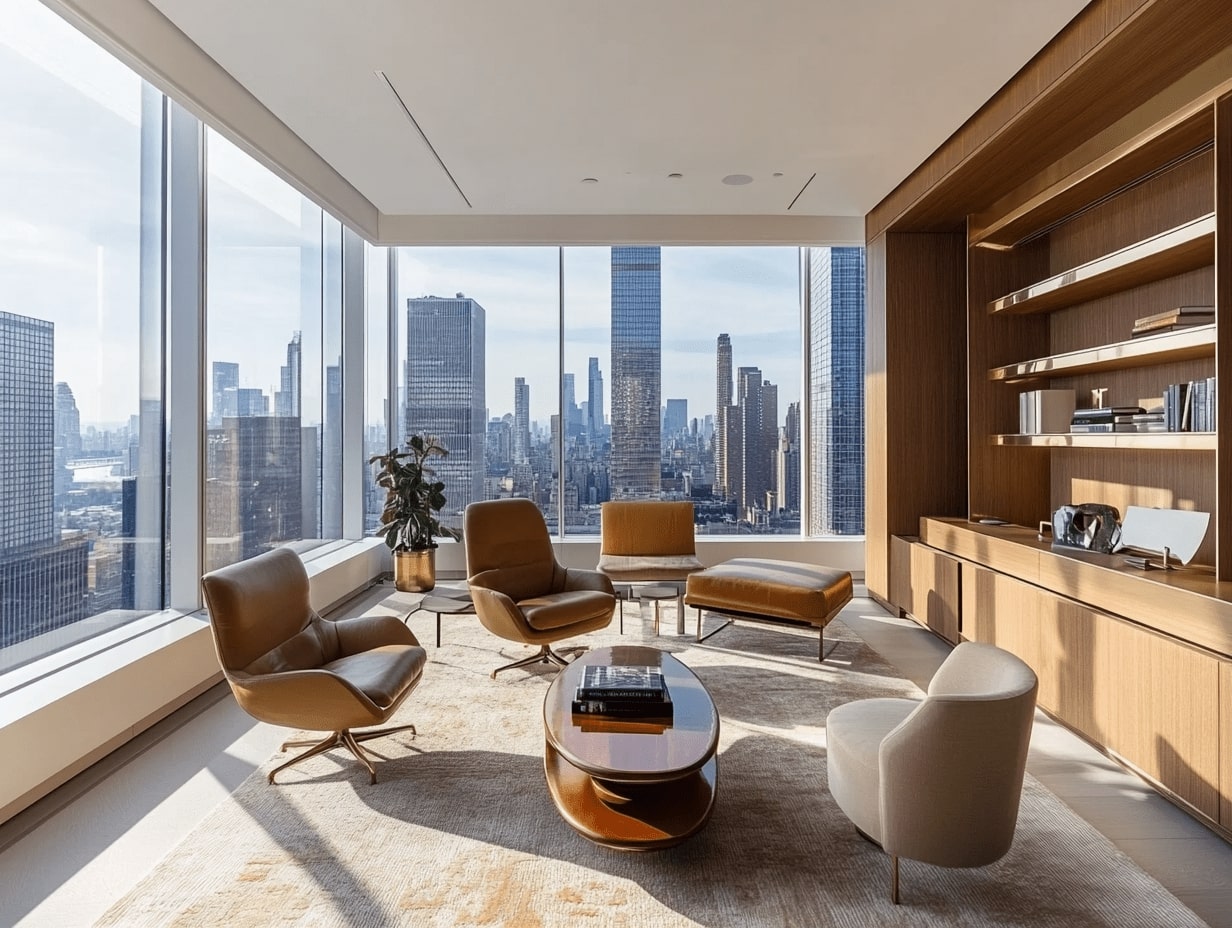
Table of Contents
ToggleUnderstanding Atmosphere in Architecture
Atmosphere in architecture refers to the overall sensory experience a space provides. It encompasses the emotional responses triggered by various design elements and their interplay.
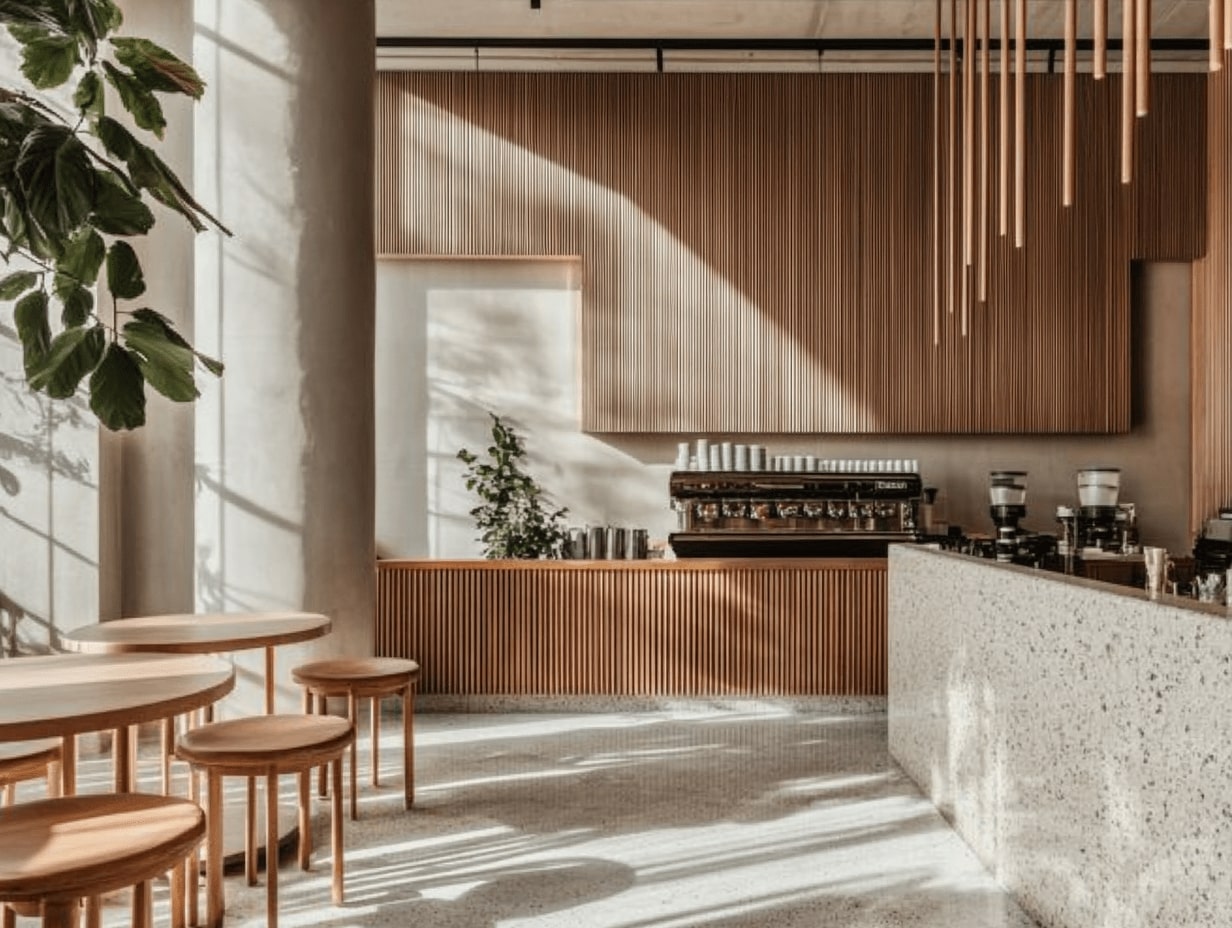
Definition of Atmosphere
Atmosphere represents the combination of physical characteristics and sensory perceptions within a space. This includes aspects such as light, color, material texture, sound, and spatial arrangement. Each of these elements works together to create a specific mood or feeling, influencing how we engage with our environment.
Importance of Atmosphere in Design
Atmosphere plays a crucial role in architectural design. It enhances the user’s experience, influencing behavior and perceptions. Well-designed atmospheres can foster comfort, creativity, and tranquility. For instance, warm colors and natural light can create inviting environments, while open spaces promote collaboration and communication. Thoughtful consideration of atmosphere not only boosts aesthetic appeal but also contributes to emotional well-being and overall satisfaction in built environments.
Elements That Contribute to Atmosphere
Various elements significantly influence the atmosphere in architecture, shaping how we experience and interact with spaces. Key components include light and shadow, materials and textures, and color and tone.
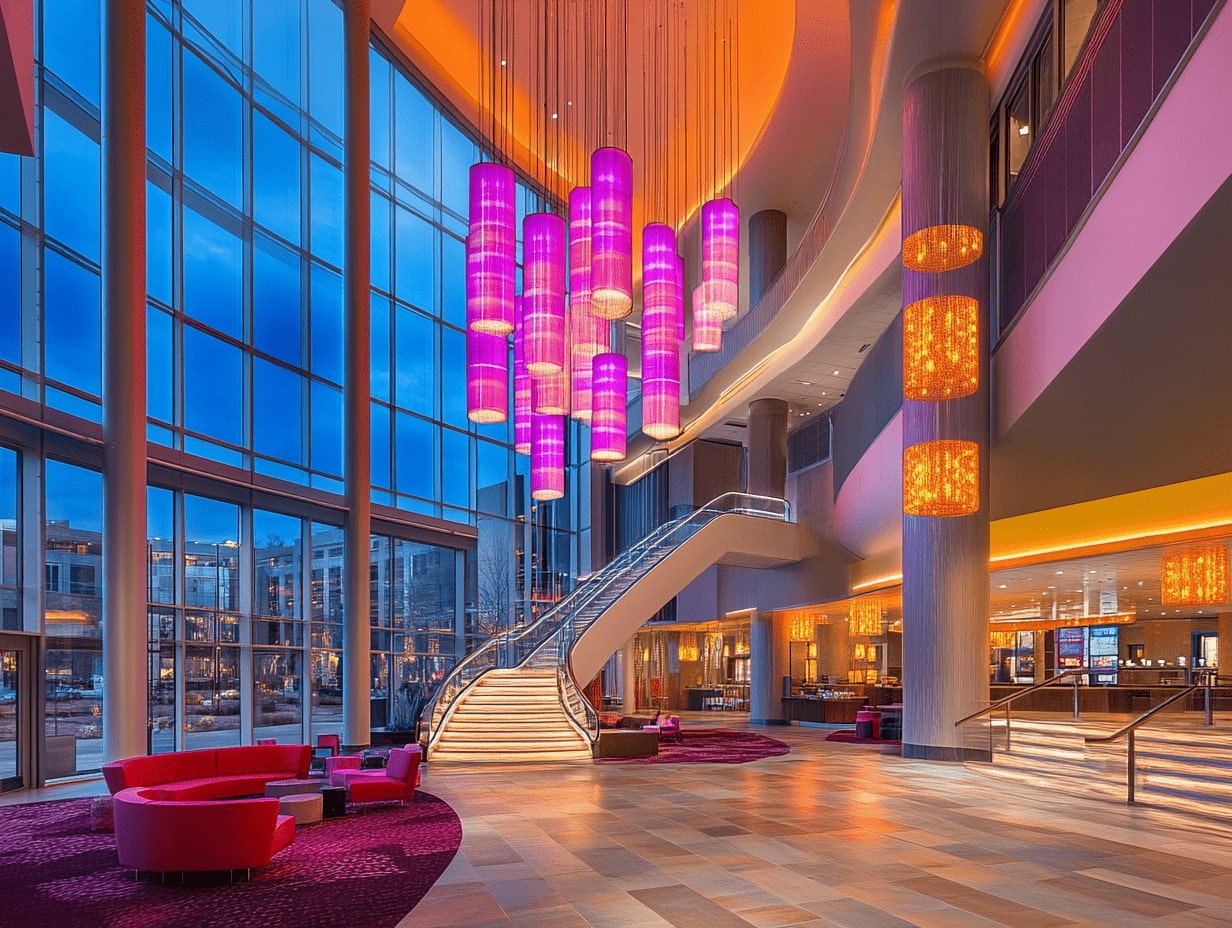
Light and Shadow
Light shapes our perception of a space, affecting mood and functionality. Natural light, such as sunlight, enhances warmth and energy, while artificial light provides versatility and control. The interplay of light and shadow creates depth, dimension, and visual interest, highlighting architectural features and guiding movement. Strategically placed windows and skylights can maximize daylight, fostering a connection with the outdoors. In contrast, shadows add drama, instill mystery, and define spaces, allowing us to appreciate various elements within a design.
Materials and Textures
Materials and textures contribute to the tactile and visual aspects of a space, influencing our sensory experiences. Choices like wood, stone, glass, and metal bring unique qualities and warmth or coolness, impacting atmosphere. Smooth surfaces may evoke calmness, while rough textures encourage exploration and interaction. Combining different materials can create contrast, interest, and dynamic environments, enhancing emotional responses. We must thoughtfully select materials to align with the desired atmosphere, ensuring a cohesive and harmonious experience.
Color and Tone
Color significantly impacts emotional reactions and perceptions within a space. Warm colors, such as reds and oranges, promote energy and engagement, while cool colors, like blues and greens, instill tranquility and relaxation. The saturation and tone of colors further shape mood, as softer tones often invite peacefulness, while bold shades can energize an environment. Harmonious color palettes can create visual cohesion, guiding us seamlessly through various spaces. Careful consideration of color schemes optimizes atmosphere, ensuring that our environment promotes well-being and reflects our intentions.
Case Studies of Atmospheric Architecture
We’re exploring various architectural examples that demonstrate how atmosphere enhances user experience. Both historic examples and contemporary innovations illustrate the profound impact of atmospheric design on our interactions with spaces.
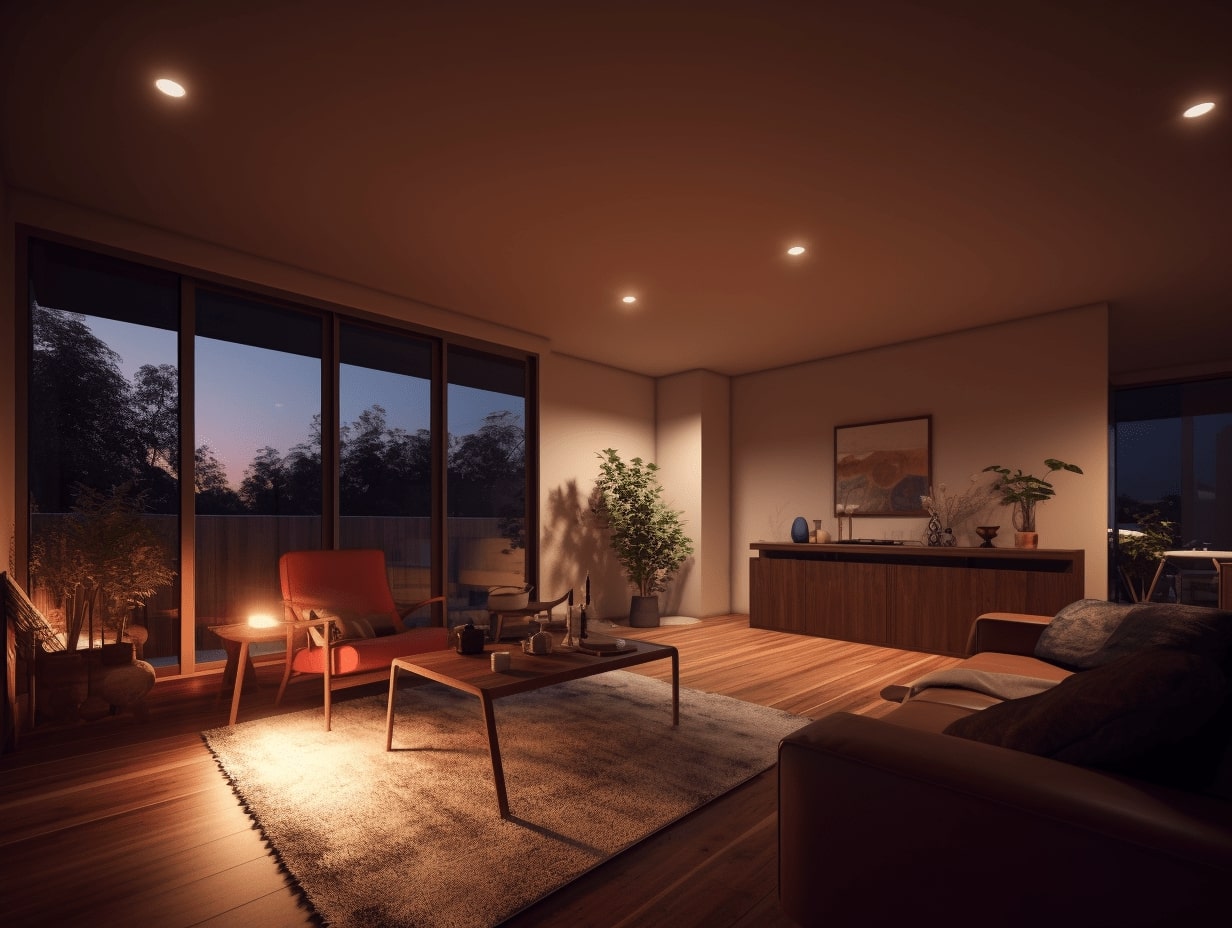
Historic Examples
St. Peter’s Basilica in Vatican City showcases an atmospheric influence through its grand scale and intricate details. The use of light created by the massive dome enhances spiritual contemplation, while the rich textures of marble evoke awe. The interplay of space and light exemplifies how architecture can evoke emotional responses.
- The Pantheon
The Pantheon in Rome, with its large oculus, allows natural light to flood the interior, creating a dynamic shift throughout the day. This architectural choice not only connects the sacred space to the heavens but also fosters an atmosphere of serene contemplation. The monumental dome’s proportions and materials reinforce a feeling of grandeur.
- Château de Chambord
The Château de Chambord epitomizes the Renaissance aesthetic with its ornate details and harmonious proportions. The interplay of light and shadow across the intricate facades enhances visual depth, while the surrounding gardens contribute to an overall atmosphere of tranquility and elegance.
Contemporary Innovations
The High Line in New York City reinvents urban space by transforming an elevated rail line into a public park. This project incorporates natural elements, art installations, and varying materials, creating a diverse atmosphere that encourages exploration and interaction. The blend of greenery and urbanity fosters a sense of community amidst the bustling city.
- The Bosco Verticale
The Bosco Verticale in Milan consists of residential towers adorned with over 9,000 trees and 20,000 plants. This integration of nature within urban architecture creates a unique atmospheric experience, promoting well-being and biodiversity. The greenery acts as a natural buffer against noise and pollution, enhancing the living environment.
- Tadao Ando’s Church of the Light
Tadao Ando’s Church of the Light in Japan exemplifies the use of minimalism and light in architecture. The geometric forms and concrete surfaces contrast with the penetrating light that streams through a cross-shaped opening. This atmospheric design elevates spiritual reflection, merging simplicity with profound emotional impact.
These case studies highlight how the atmosphere in architecture transcends functionality, connecting people to spaces in meaningful ways.
Techniques for Creating Atmospheric Spaces
Creating an atmospheric space involves various techniques that engage the senses and enhance emotional experiences. Below, we explore effective approaches for achieving this in architectural design.
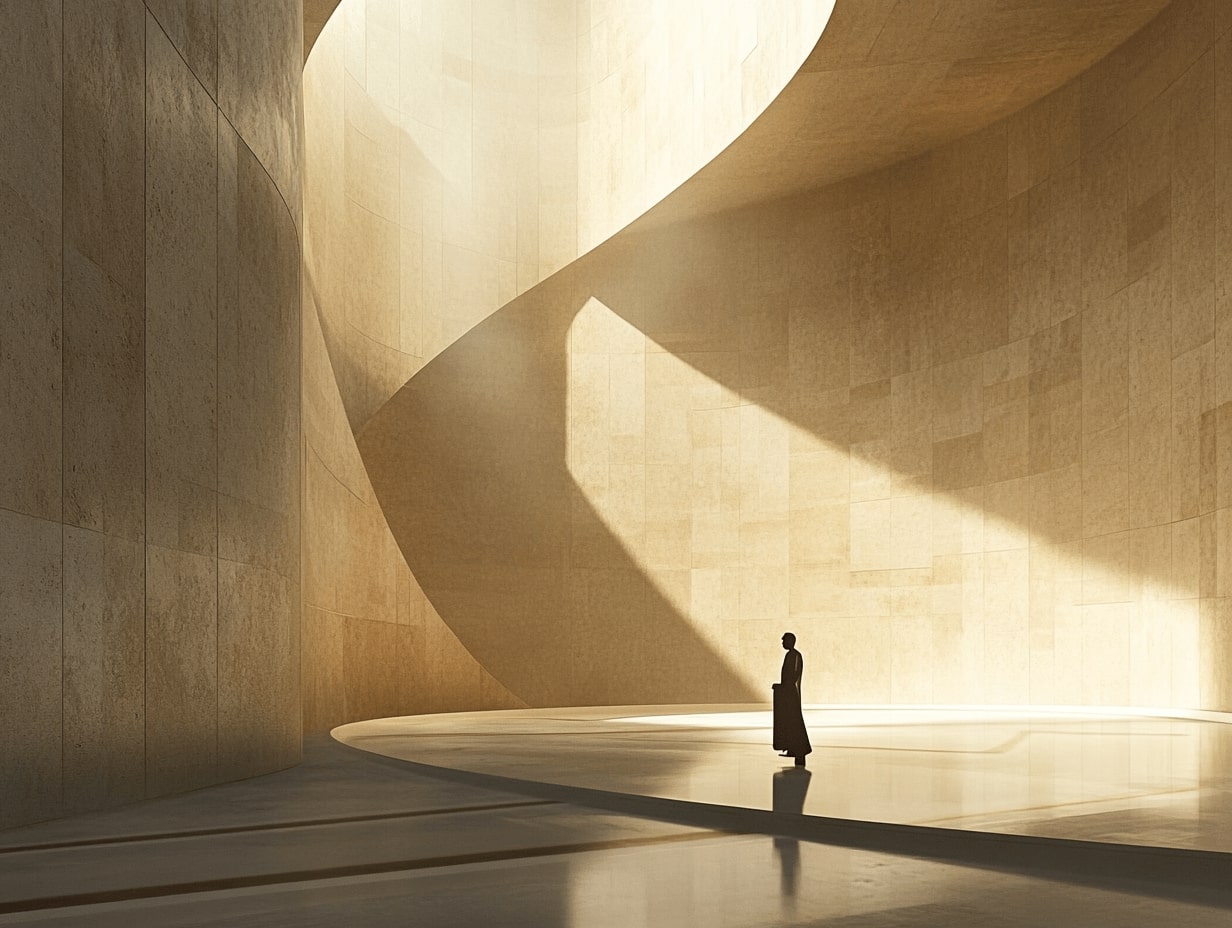
Spatial Configuration
Optimizing spatial configuration plays a key role in crafting atmosphere. The arrangement of rooms and openings impacts movement flow and enhances experiences.
- Open Spaces: Open layouts invite interaction and foster a sense of community, encouraging social engagement among occupants.
- Defined Zones: Utilizing partitions or levels can create intimate spaces, offering privacy and promoting individual reflection.
- Ceiling Heights: Varying ceiling heights influences perceptions; higher ceilings evoke grandeur, while lower ceilings generate coziness.
- Sculptural Elements: Integrating curves or angular forms can add dynamism, influencing how individuals experience transitions between spaces.
Incorporating Nature
Incorporating nature into architectural designs significantly influences atmosphere, connecting individuals with the environment.
- Natural Light: Maximizing windows allows sunlight to permeate interiors, enhancing ambiance and uplifting mood.
- Indoor Plants: Integrating greenery within spaces improves air quality and evokes a sense of calm, promoting well-being.
- Water Features: Adding elements such as fountains or ponds introduces sound and movement, creating tranquil atmospheres that soothe.
- Views of Nature: Designing spaces to frame natural vistas reinforces a connection to the outdoors, enhancing the overall sensory experience.
By implementing these techniques, we can create atmospheric spaces that resonate deeply with users, enriching their experiences within the environment.
The Impact of Atmosphere on Experience
Atmosphere plays a crucial role in shaping our experiences within architectural spaces. The interplay of design elements impacts our emotional responses and behaviors, creating environments that resonate with us on multiple levels.
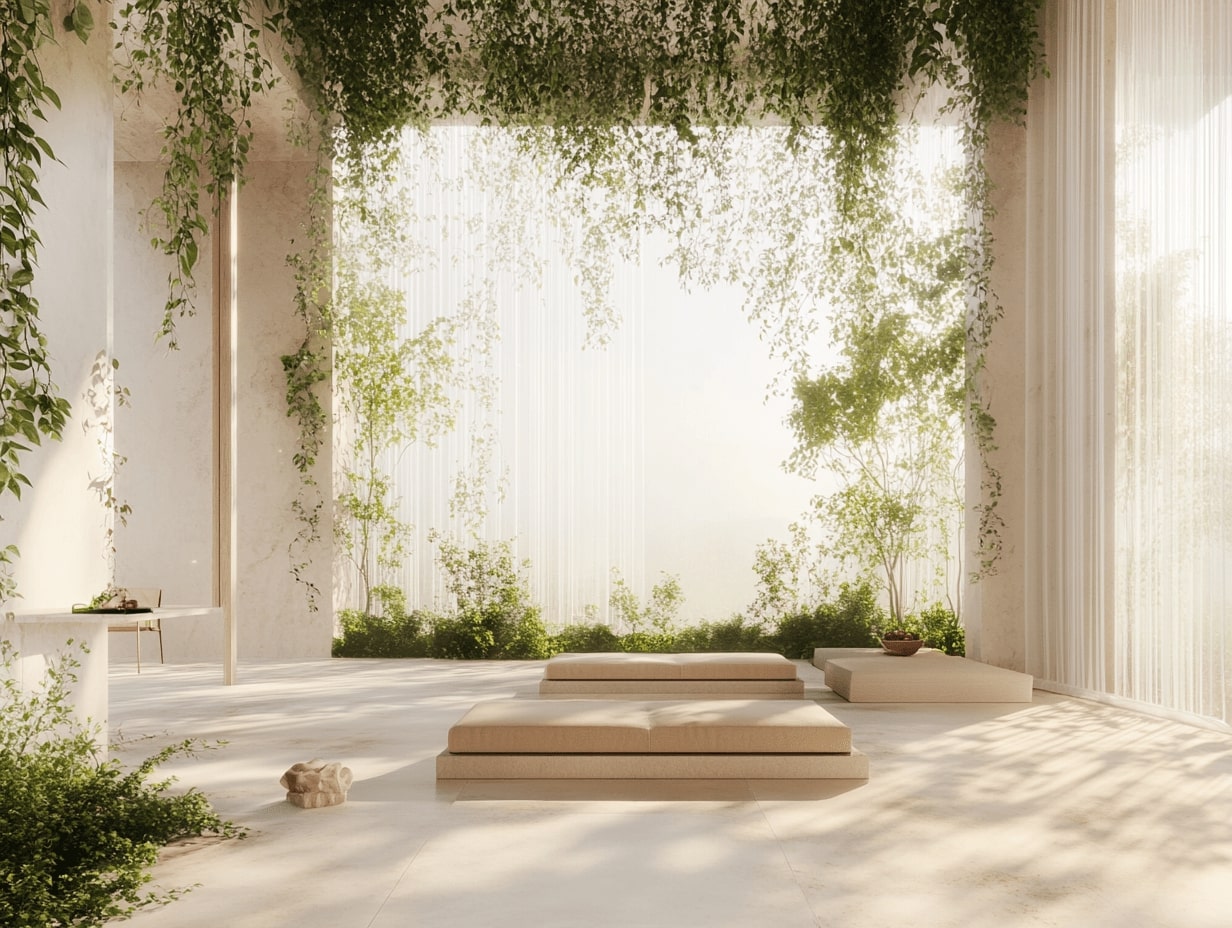
Psychological Effects
Atmosphere significantly influences psychological well-being. Research indicates that well-curated environments can enhance mood, decrease stress, and promote relaxation. For instance, spaces with ample natural light and warm colors stimulate positivity and energy, while cooler tones and muted lighting can evoke feelings of calm and tranquility. The arrangement of furniture and open vs. closed layouts further affects our perception of safety and comfort, contributing to our overall mental state. Designers utilize these principles to create atmospheres that improve cognitive function and foster creativity, making psychological considerations critical in architectural design.
Cultural Influences
Cultural context heavily influences our perception of atmosphere in architecture. Different cultures value specific design elements, colors, and materials that resonate with their traditions and beliefs. For example, Japanese architecture often emphasizes simplicity and harmony with nature, creating peaceful spaces through minimalism and natural materials. In contrast, vibrant colors and intricate designs characterize many Middle Eastern structures, reflecting cultural expressions and communal values. Understanding these cultural nuances helps architects create atmospheres that honor local customs and enhance the user experience. Integrating cultural identities within architectural design fosters a sense of belonging and strengthens communal ties.
Conclusion
Atmosphere in architecture encompasses a complex interplay of design elements that significantly influence our emotional experiences. We recognize that it extends beyond mere aesthetics, affecting our well-being and behavior within spaces. The meticulous integration of light, color, material texture, and spatial arrangement shapes our perceptions, enhancing overall mood and comfort.
Light and shadow dynamically influence our interactions with space. Natural light promotes warmth, while shadows introduce depth, creating a rich sensory experience. The choice of materials and textures also contributes to how we emotionally respond to our environment. Different surfaces, from smooth to rough, evoke a range of feelings, impacting our connection to a space. Color plays a pivotal role, too; warm hues boost energy, whereas cool tones cultivate tranquility.
Through case studies, we’ve illustrated how atmospheric architecture shapes user experiences. Historical examples, like St. Peter’s Basilica and the Pantheon, highlight how design can evoke reflection and spiritual contemplation. Contemporary projects, such as the High Line and Bosco Verticale, show how innovative designs connect urban life with nature, enhancing community engagement and emotional well-being.
We also explored techniques for creating compelling atmospheres, emphasizing the importance of spatial configuration and incorporating nature. Open layouts foster interaction, while secluded areas offer privacy. Strategies like maximizing natural light and integrating greenery enhance sensory experiences, impacting how users feel in those environments.
Psychological insights into atmosphere reveal its profound effects on our emotional states. Curated environments can elevate mood, reduce stress, and promote relaxation. We understand that layout and furniture arrangement influence feelings of safety and comfort, making psychological considerations essential in our designs.
Cultural influences further shape atmospheric design. By recognizing how different cultures prioritize particular elements, colors, and materials, we can create spaces that resonate with local traditions and foster a sense of belonging. This understanding strengthens communal ties and enhances individual experiences, ensuring that atmospheres reflect the diverse needs of users.
- Architectural Aesthetics
- architectural ambiance
- Architecture Design
- creating better architecture
- creative architectural design
- design for better living
- designing functional spaces
- enhancing architectural spaces
- innovative space planning
- interior atmosphere design
- interior spatial design
- modern architecture trends
- perfect indoor spaces
- Space Optimization
I create and manage digital content for architecture-focused platforms, specializing in blog writing, short-form video editing, visual content production, and social media coordination. With a strong background in project and team management, I bring structure and creativity to every stage of content production. My skills in marketing, visual design, and strategic planning enable me to deliver impactful, brand-aligned results.
Submit your architectural projects
Follow these steps for submission your project. Submission FormLatest Posts
Useful Tips for Planning A Backyard Layout That Feels Spacious
Creating a backyard that feels spacious can transform your outdoor experience, making...
American Architecture Styles That Shaped a Nation
Explore American architecture styles from Colonial to modern—key features, icons, and timelines...
How Environmental Planning Shapes Modern Architecture in Houston
Houston does not design buildings in a vacuum. Every structure rises inside...
Smart Steps for Repairing Your Garage
Keeping your garage safe and reliable is mostly about steady habits and...








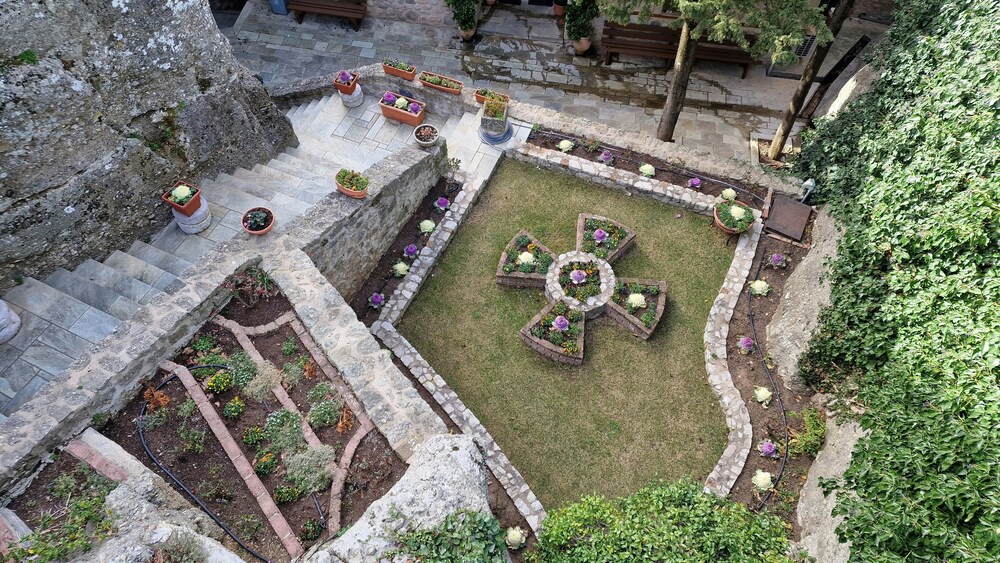
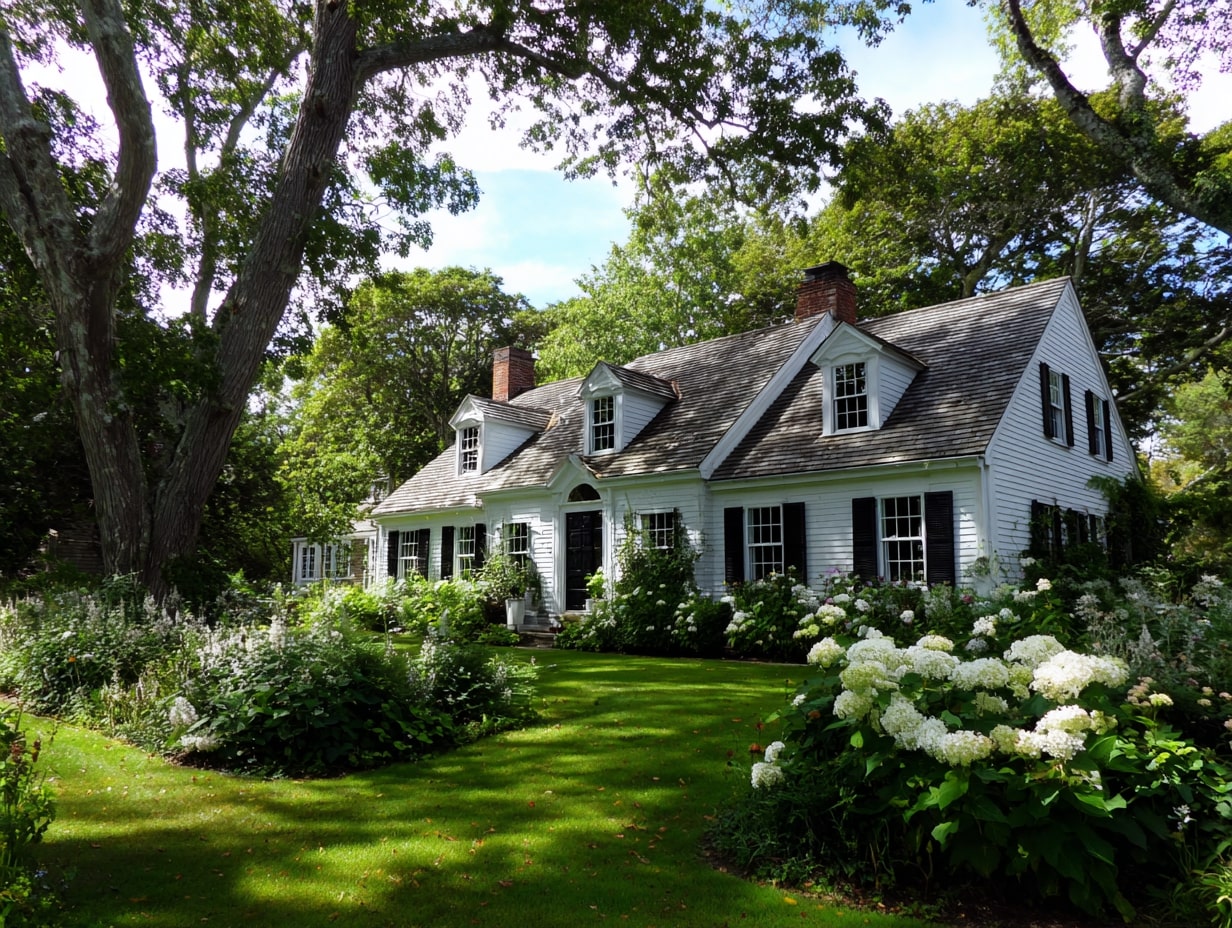


Leave a comment